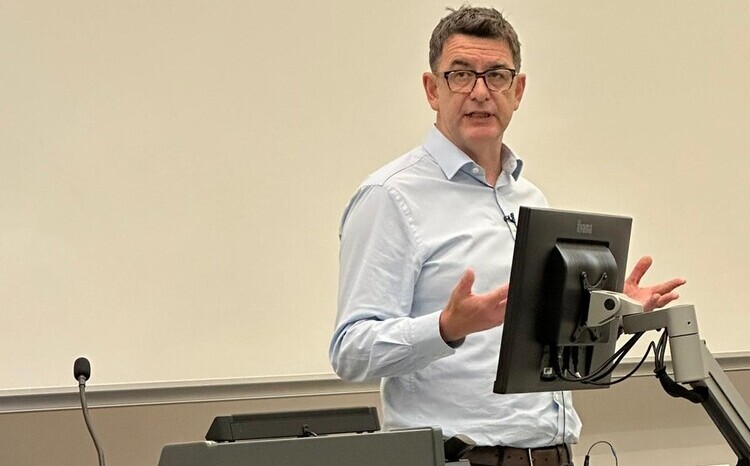Microsoft does cross-government deal
- 8 May 2009
The Treasury has signed a cross-government deal with Microsoft that will allow licenses to be transferred across the public sector.
The value of the deal signed by the Office of Government Commerce Buying Solutions agency has not been disclosed. However, the government claims it will save the public sector £75m over five years.
The deal has some similarities with the Enterprise Agreement that Microsoft signed with the NHS in October 2001 and renegotiated in July 2007.
However, there are also some significant differences. The government-wide deal runs for five years rather than three, allows public sector bodies to buy licences for specific products rather than software bundles, and allows licences to be transferred between departments.
Angela Eagle, exchequer secretary to the Treasury, said the agreement would contribute to the government’s Operational Efficiency Programme. Microsoft claims an earlier deal with the OGC saved government £100m over three years, with £74m of this coming from productivity improvements.
The deal was announced the day after Microsoft opened its Cambridge research labs to the press, and highlighted the importance of the health and education sectors to its future plans.
Andrew Herbert, director of the labs, said health and education were two of the main areas in which the company was investing, alongside technical computing and solutions for emerging markets.
Herbert also set out his ideas for the future direction of computing, arguing that it lay in more networked computing, accessed through more intuitive, “more human” interfaces.
“Space is the new frontier,” he told a large audience of journalists, academics and visiting researchers. “Mobiles know where they are, so in future they will be able to tell you things related to that.
“Surface technologies generate more interactive experiences. These two things are coming together; computing is becoming more three dimensional.”
Many of the labs’ researchers had set up demonstrations of their projects, some of which were aimed directly at healthcare issues.
For example, Steve Hodges was showing a “sense cam” or digital camera that is worn around the neck and takes shots without the user having to pose them.
Montages of snapshots taken over a day or significant event are being used to help people with memory loss – including those in the early stages of Alzheimer’s disease – to recall events and build memories with partners and carers.
Researchers were also showing off Somniloqy, a system for letting PCs maintain a network presence in sleep mode, which Microsoft claims could deliver massive power savings, and a range of surface computing devices aimed at homes and offices with obvious potential for eHealth.
For example, Phil Gossett was demonstrating a Home or Office Book screen with different sections into which family or team members could send messages, pictures and other information, and an electronic “pin board” to which two-sided electronic postcards could be sent.
Links: OGC Buying Solutions
Open Source, Open Standards and Re-Use: Government Action Plan




